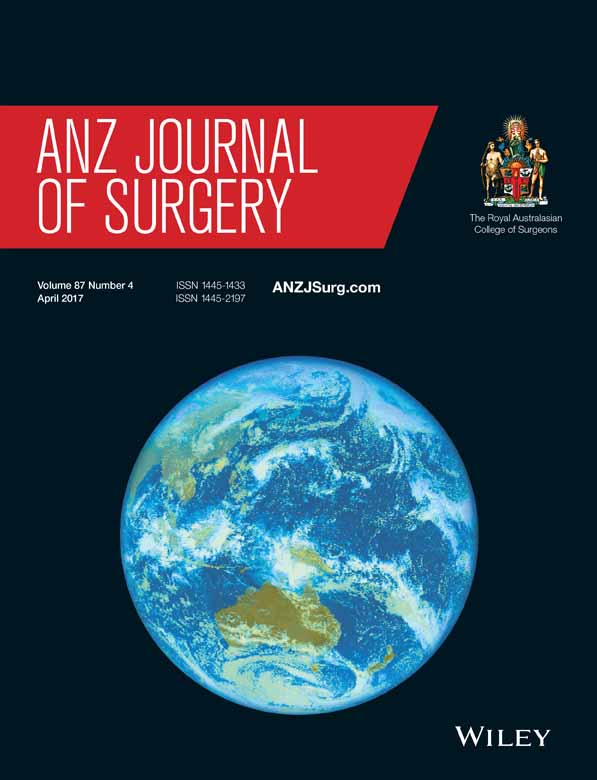Does waiting after peri-prostatic nerve block reduce pain during transrectal ultrasound-guided prostate biopsy? A randomized controlled trial
Abstract
Background
To determine if a short, clinically sufficient and manageable time delay after peri-prostatic nerve block (PNB) reduces pain during transrectal ultrasound (TRUS)-guided prostate biopsy.
Methods
This was a prospective, randomized controlled trial. All patients who underwent TRUS-guided prostate biopsy between February and June 2014 were randomized into waiting or control groups. All biopsies were performed by senior registrars with the same PNB technique. Patients in the waiting group waited 5 min after PNB prior to biopsies. Those in the control group did not. Patients were then asked to complete a questionnaire regarding pain associated with different parts of the procedure and their degree of anxiety using a 10-cm, validated visual analogue scale. Mann–Whitney U tests were performed on the pain and anxiety scores and analysis of variance was conducted using the Statistical Package for the Social Sciences software.
Results
A total of 92 patients were randomized to 39 in the waiting group and 53 in the control group. Mean overall pain scores were 2.85 and 2.66 (P = 0.626) for the waiting and control groups, respectively. The mean pain scores from probe insertion, biopsy, before leaving the department and mean anxiety scores were similar between the two groups and did not reach statistical significance. Analysis of variance showed that irrespective of group and age, increasing anxiety is associated with an increase in overall pain score (P < 0.0005).
Conclusion
Waiting 5 min after PNB did not reduce pain in men undergoing TRUS-guided prostate biopsy.




